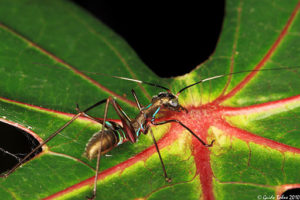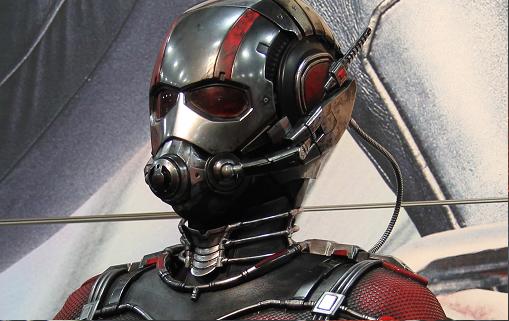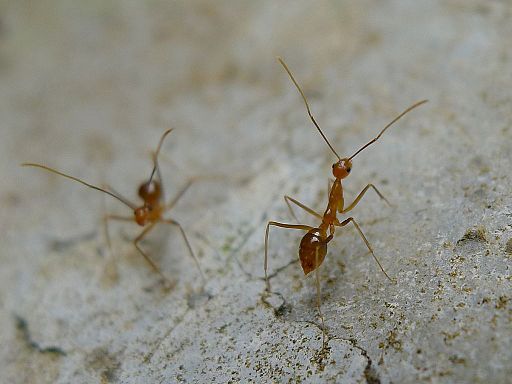
Do you believe anteaters like to eat ants? Read this.
When we were investigating characteristics of ants for our ant “ugh” counteraction poll, we discovered a curious fact: Ants do not appear to mimic other creatures. This appears to be due to the fact that they do not have a taste appeal. For this reason, there a great many insects which imitate ants in appearance, thereby avoiding would-be predators.
The most obvious concern of a creature who might otherwise prey on ants would be the ant’s emission of chemicals. But before we look at those chemicals, it should be noted that foragers of wild greens have sometimes observed that formic acid from ants is a tasty dressing on wild greens.
Some of the chemicals emitted by ants, according to Wikipedia, are as follows:
Ants attack and defend themselves by biting and, in many species, by stinging, often injecting or spraying chemicals, such as formic acid in the case of formicine ants, alkaloids and piperidines in fire ants, and a variety of protein components in other ants. Bullet ants (Paraponera), located in Central and South America, are considered to have the most painful sting of any insect, although it is usually not fatal to humans. This sting is given the highest rating on the Schmidt Sting Pain Index.
The sting of jack jumper ants can be fatal,[77] and an antivenom has been developed for it.[78]
Fire ants, Solenopsis spp., are unique in having a venom sac containing piperidine alkaloids.[79] Their stings are painful and can be dangerous to hypersensitive people.[80]
Source: Wikipedia
Image source: By gbohne from Berlin, Germany (ant-mimicking nymph of a bush-cricket) via Wikimedia. The author states:
This nymph (false) katydid or bush-cricket, ~2-3cm, looks like a giant ant (mimicry); however, ants (Hymenoptera) neither have such – long – antennae nor such strong hind-legs (femur)! The colouration supports the mimicry: the dark colour of antennae is interrupted by a broad white part, hence they seem to be short like the ones of ants. The same happens with the colourful neon-stripes that legs seem thin and the body seems constricted… like a real ant!
On the other hand, while ants are not the desired prey of many predators, many predatory creatures do prey on ant larvae or ant food. From a list of the top ten, visit the next page to see a list of unusual ant predators.



